Ensure you have working smoke alarms on every level of your home and test them monthly. Avoid overloading outlets and keep flammable materials away from heat sources. Always have an escape plan, ensuring everyone in the household knows two ways out of every room.
Annually, over 27,000 home fires occur in the US, leading to countless tragedies. Many of these devastating incidents are preventable. It’s imperative we adopt proactive fire safety measures to protect our families and homes.
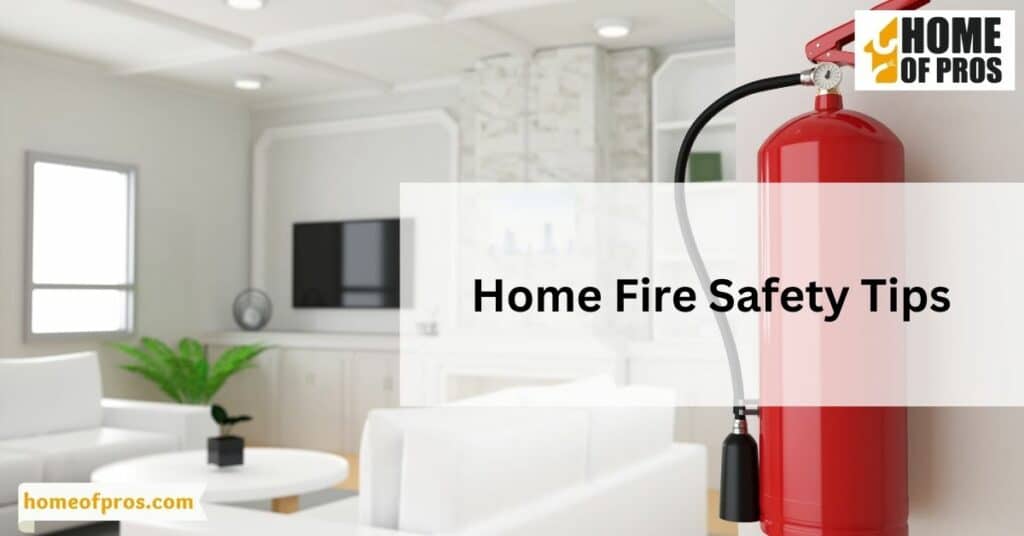
The Role of Smoke Alarms: A Lifesaving Necessity
Smoke alarms, often overlooked, serve a paramount role in our homes. Their primary function is to detect the early presence of smoke, which typically indicates fire. Acting as our first line of defense, these devices provide vital minutes for evacuation, drastically reducing the risks of injury or death.
The effectiveness of a smoke alarm, however, depends largely on its placement. For optimal protection, it’s recommended to install alarms on every level of your home, including the basement, and inside each bedroom. Moreover, alarms should be positioned outside sleeping areas, ensuring everyone is alerted even if they’re asleep.
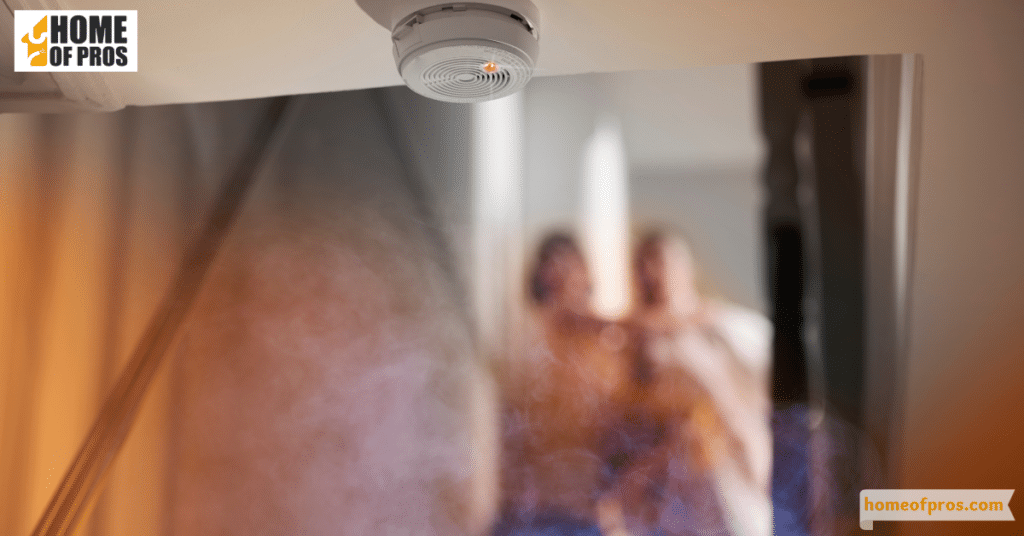
Safe Cooking Practices: Preventing Kitchen Fires
The kitchen, a hub of culinary exploration and family gatherings, unfortunately, holds the title as the chief location for home fires. A major key to kitchen safety is being well-versed in the potential hazards and knowing how to counteract them.
- Overheated Oil or Grease: When oil or grease gets too hot, it can spark sudden and intense fires. This is particularly risky when deep-frying, as the sudden ignition can lead to large flames that are difficult to control.
- Loose Food Particles: Residual food particles on burners or at the base of ovens can catch fire when the appliance is turned on. Over time, these accumulations can become a tinderbox, especially in ovens that reach high temperatures.
- Faulty Appliances: Old or malfunctioning kitchen appliances can pose significant fire risks. This includes stovetops that don’t regulate temperature well or toasters and microwaves with frayed cords or internal issues.
- Flammable Items: Common kitchen items like dish towels, paper napkins, wooden utensils, or even certain plastic tools can easily catch fire if left too close to a burner or an open flame. It’s crucial to maintain a clear space around active cooking areas.
- Blocked Vents: Ventilation systems, especially those above stovetops, help dispel heat and smoke. When these become blocked or clogged, they can trap excessive heat, leading to a heightened risk of fire. Regular maintenance ensures effective ventilation.
To conclude, the kitchen, while a space of delicious creations, demands respect and awareness. By recognizing and addressing these fire risks, we pave the way for countless enjoyable and safe culinary moments.
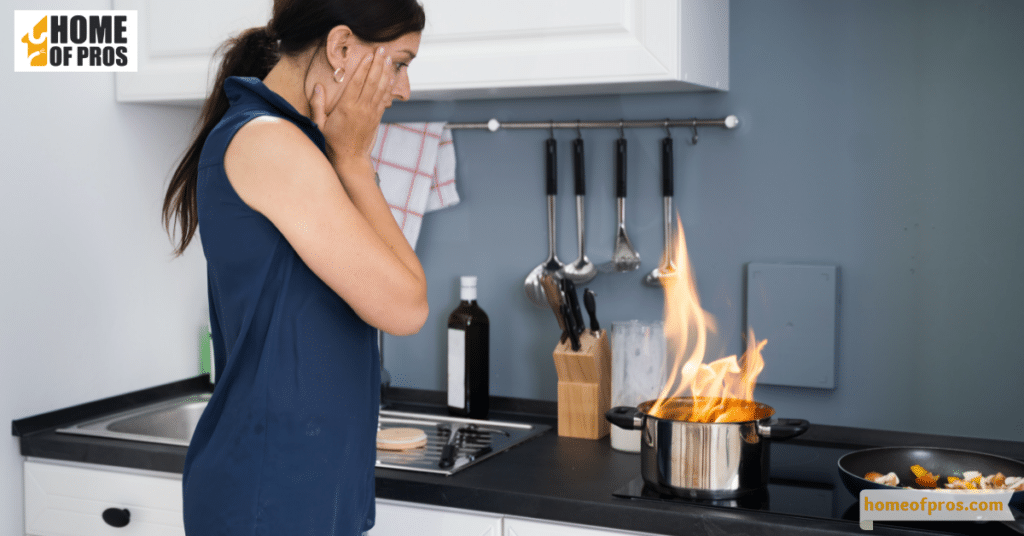
Electrical Safety: Keeping Your Home’s Power Safe
Our homes are powered by a complex network of electrical systems, bringing convenience and comfort. However, this modern luxury can turn dangerous if not managed correctly. Understanding the risks and warning signs is pivotal in ensuring electrical safety.
| Aspect | Details |
|---|---|
| Risks of Outdated/Faulty Wiring | Older homes or those with neglected electrical systems can pose threats such as short circuits, leading to potential fires. Wear and tear over time or pests can damage wires, increasing risks. |
| Overloading Outlets | Plugging in too many devices can strain the electrical system, causing overheating. It’s important to use power strips wisely and not exceed the outlet’s capacity. |
| Signs of Potential Problems | – Flickering Lights: This can indicate a loose connection or voltage fluctuation. |
| – Burning Smell: If an outlet or switch emits a strange odor, it’s a serious sign of a problem and demands immediate attention. | |
| – Frequent Circuit Breaker Trips: If the breaker trips often, it can indicate an overload or short circuit. |
Our homes’ electrical safety is paramount for the well-being of its inhabitants. By staying informed and promptly addressing any warning signs, we can enjoy the conveniences of modern living without the associated dangers.
Safe Heating Practices: Warmth Without the Risk
As temperatures drop, our reliance on heaters and furnaces grows, making cozy indoor spaces. However, with this comfort comes the responsibility of ensuring their safe usage to prevent accidents and fires.
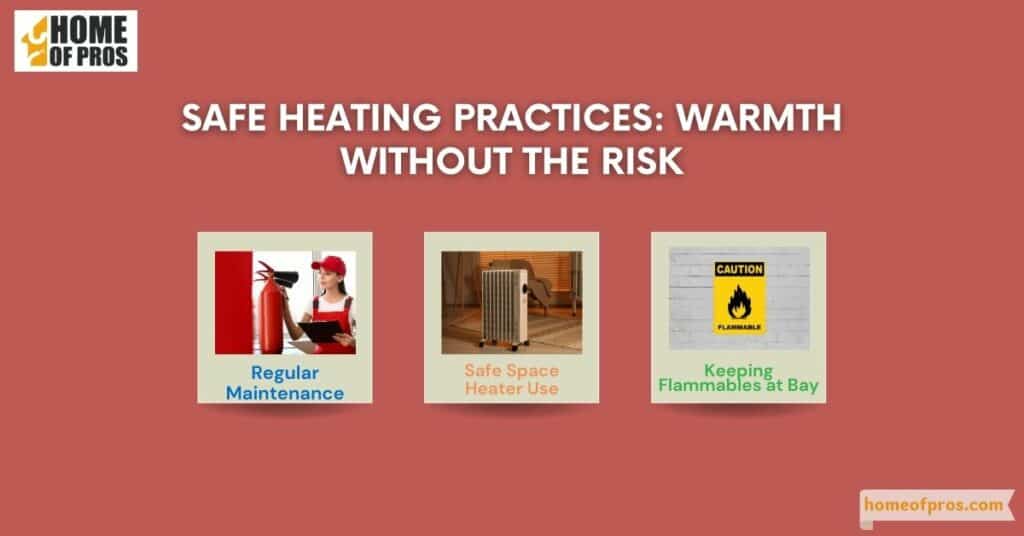
1. Regular Maintenance
Ensuring the consistent and safe operation of heaters and furnaces necessitates diligent maintenance. Regular professional inspections not only guarantee safety but also promote efficient energy use, which can reduce monthly bills. Filters, acting as primary protectors against dust and particulates, can get clogged and diminish airflow, potentially leading to overheating and compromising indoor air quality; hence, their regular cleaning or replacement is essential.
2. Safe Space Heater Use
Space heaters, while convenient for localized heating, come with a set of safety precautions. They should always rest on flat, non-flammable surfaces, ensuring stability and reducing the risk of accidental fires from tipping. Modern space heaters often include an automatic shut-off feature, which is invaluable as it ensures the device turns off if it tips over, significantly reducing fire risks.

3. Keeping Flammables at Bay
Store flammable materials, including papers, clothing, and cleaning products, away from heaters, fireplaces, and furnaces. Educate family members, especially children, about the risks of placing objects close to heat sources. Consider installing a protective screen around open fireplaces to prevent sparks from escaping.
In summation, while heating devices are indispensable during colder months, their safety implications cannot be ignored. By adhering to these guidelines, we can enjoy the warmth of our homes without compromising safety.
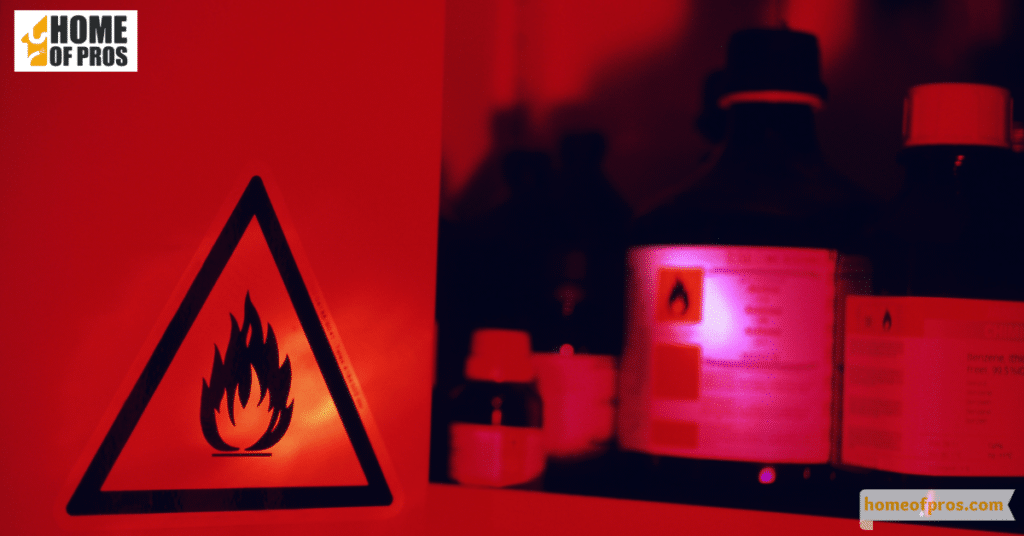
Escape Plans: Preparing for the Unexpected
Emergencies are unpredictable, making a well-thought-out escape plan not just beneficial but vital for every household.
- Multiple Exits: Ensure there are at least two ways out of every room, be it doors, windows, or other viable exits. This guarantees an alternative route if one path is compromised.
- Designated Meeting Spot: Once safely outside, regrouping is crucial. Designate a specific, easily identifiable spot outside your home, like a particular tree, a streetlight, or a neighbor’s porch, where everyone knows to meet.
- Regular Practice: An escape plan is only as good as your familiarity with it. Make it a routine to practice the plan with all household members, ensuring everyone knows their way out, even in the dark or amidst confusion.
The value of preparation cannot be overstated. By taking the time today to map out and practice an escape plan, you’re not only ensuring the safety of your loved ones but also providing peace of mind in knowing you’re ready for the unexpected.

Common Household Hazards: What to Look Out For
Our homes, while offering comfort and security, can also harbor unnoticed fire hazards. Recognizing and addressing these risks is essential for maintaining a safe living environment.
- Potential Fire Starters:
- Candles: Aesthetic and calming, but they can be a fire hazard if left unattended or placed near flammable items.
- Frayed Cords: Worn-out electrical cords can spark and ignite; ensure you inspect and replace them regularly.
- Safe Storage of Flammables:
- Proper Containers: Always store flammable materials in their original containers or in approved storage vessels.
- Away from Ignition Sources: Keep flammable products, especially liquids like gasoline or cleaning agents, in cool places and away from any potential sources of sparks or flames.
Safeguarding your home from potential fire hazards involves both awareness and action. Periodically inspect your living spaces and store flammable materials wisely to enjoy a secure and hazard-free home.

Conclusion
In the heart of every home lies the potential for both unparalleled comfort and unnoticed dangers. By staying vigilant, routinely inspecting our spaces, and implementing preventative measures, we can drastically minimize the risk of household hazards. Safety, after all, is an ongoing practice, not a one-time task. Let’s make our homes not just a place of warmth and memories but also a haven of security for everyone under its roof.












